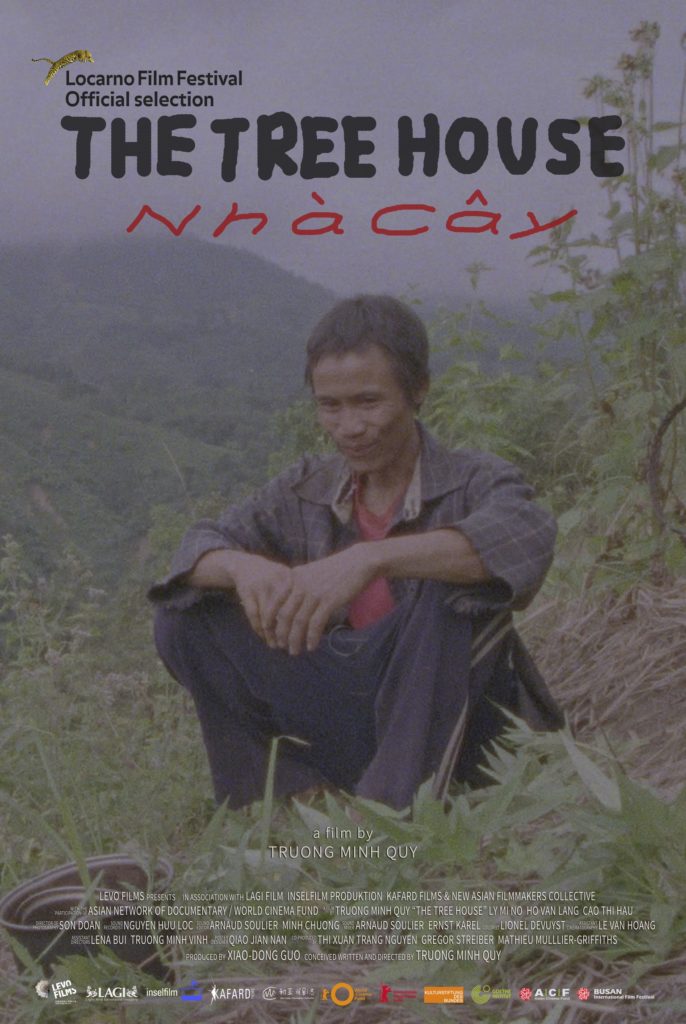Beyond Fact or Fiction: Enhancing Documentary Discussions
In their research at the Department of Film Studies, Dr Leshu Torchin and Dr Philippa Lovatt have expanded the limits of how documentary can be understood and studied.
Documentaries are not simply neutral information delivery systems. Instead, they are a canvas for aesthetic tactics that can shape how an audience perceives their subject matter. Since the 1990s, documentary researchers have sought to disrupt the traditional view of the documentary by studying its diverse uses, particularly propaganda and public affairs. Yet the question of how documentaries mobilise audiences to bring about real change remained unanswered.
Dr Torchin’s response to this question involved looking at the process of cinema creation, studying the journey from idea to audience. In Creating the Witness: Documenting Genocide in Film, Video, and the Internet she explores the ways documentary contributed to the public understanding of, and action against, genocide. This exploration moves beyond focusing solely on the form and content of the film, also considering the contexts of production, distribution, and exhibition. Dr Torchin found that the wider circle of individuals and institutions involved in these contexts were affecting the aesthetic tactics deployed in the final product, guiding the eventual interpretation and response to the film. Audience perceptions of what looked urgent, or even true, depended on a vast range of factors including provenance, technologies, and social, historical, or political conditions.
Dr Torchin’s subsequent analysis of The Missing Picture, Rithy Panh’s account of his experiences during the Cambodian Genocide, calls further attention to the fluidity of how we perceive truth as an audience. In some instances, more creative expression can claim a stronger relationship to truth than established documentary form. In the case of The Missing Picture, for instance, clay figurines and dioramas are used to show a greater truth than can be found in the newsreel footage of the Khmer Rouge, perpetrators of the Cambodian Genocide seeking to simultaneously justify and obscure the horrors of their actions through film.
DocSalon at the Edinburgh International Film Festival
In 2017, Dr Torchin collaborated with the Edinburgh International Film Festival (EIFF) to establish a public discussion about documentary – which they coined DocSalon – and its role in the age of fake news. The aim was to expose audiences to the various people who assess, support, and produce documentary, and to explore how they understood the value of documentary.
Held at the Traverse Theatre in July, the lively public exchange between a panel comprised of festival programmers, commissioning editors, filmmakers and audience members exceeded all expectations. The conversation continued beyond the allocated 90 minutes, continuing in the Traverse Bar for at least an hour more – Dr Torchin’s research had clearly resonated with its audience. The DocSalon proved so engaging that it was adopted by the EIFF as a more permanent feature and has reappeared at subsequent festivals.
Supporting Creative Documentary: Hanoi DocLab (Vietnam)
Building on Dr Torchin’s work, Dr Philippa Lovatt extends the study of documentary into the film, sound, and gallery spaces of Southeast Asian artists. Her work explores how artists work around and challenge authoritarian governments, using creativity to explore contentious ideas around the narration of history and environmental crisis. A recent article by Dr Lovatt focuses on Vietnamese experimental eco-documentaries, continuing her focus on censorship and artists’ representations of environmental histories in Vietnam.
A series of creative non-fiction works followed, both as a direct result of the workshop and from the collaborations it enabled. This research has resulted in the creation of new documentary art installations, produced in Vietnam and exhibited in Scotland, Hong Kong, Switzerland, and The Netherlands.
Dr Lovatt was also responsible for organising an experimental nonfiction symposium that brought together the Southeast Asian Cinemas Research Network and the Hanoi DocLab, a venue dedicated to supporting documentary and experimental film. This included a workshop on sound recording with a focus on audio as a form of evidence, helping to expand the creative toolkits of the Hanoi-based filmmakers and sound artists who attended.
One example is The Tree House. A follow-up collaboration between symposium participants telling the story of a future colonist of Mars looking back at the Earth, the project was shown in 2019 at the New York Film Festival, the International Film Festival Rotterdam, and the Locarno Film Festival in Switzerland. Praised as one of Locarno’s “best premieres” with “terrific sound design” The Tree House was made available to an international audience on the streaming platform MUBI in 2020.
Since 2017, Drs Torchin and Lovatt have been collaborating with film programmers and filmmakers, using their research to enrich the cultural conversation about documentary film and media. While initially concentrating their efforts in Scotland and Vietnam, the impact of their collaborations has also been felt across the US, Europe, and Asia. Their efforts have resulted in changes to documentary programming and production, and brought about new collaborations that challenge audiences’ understandings of documentary as a medium.

